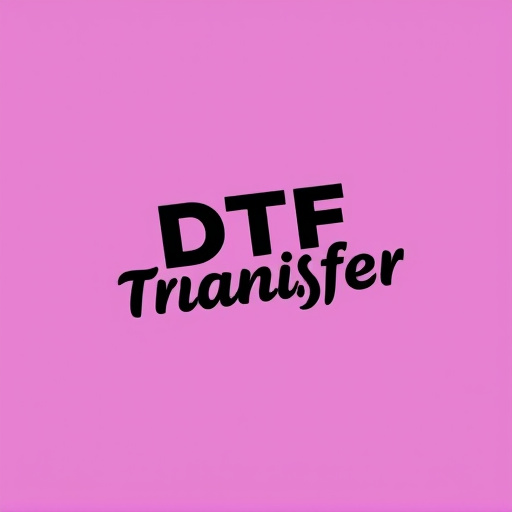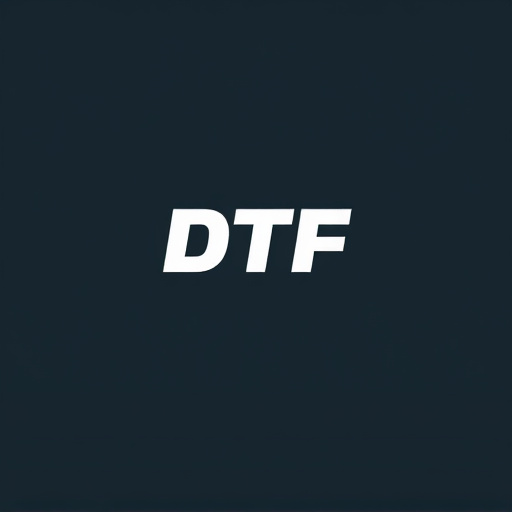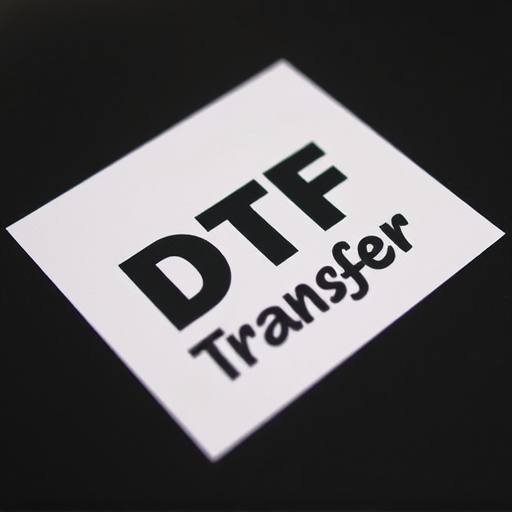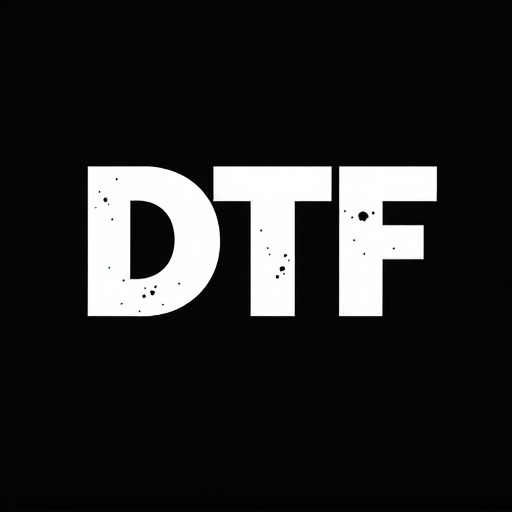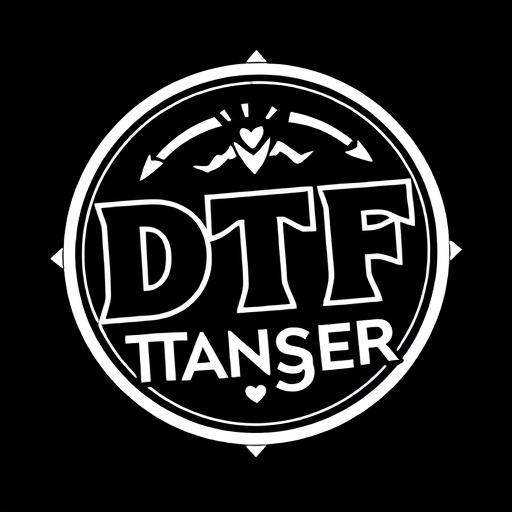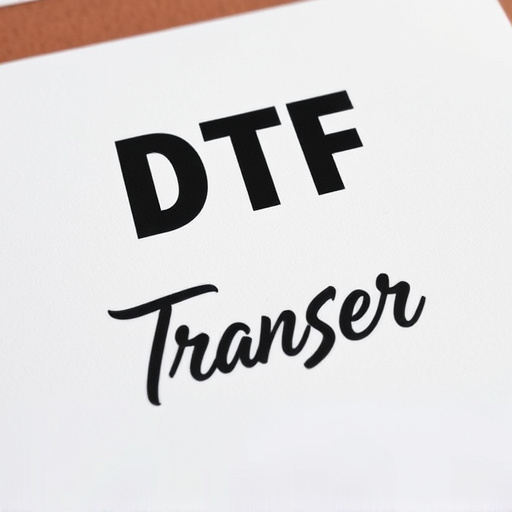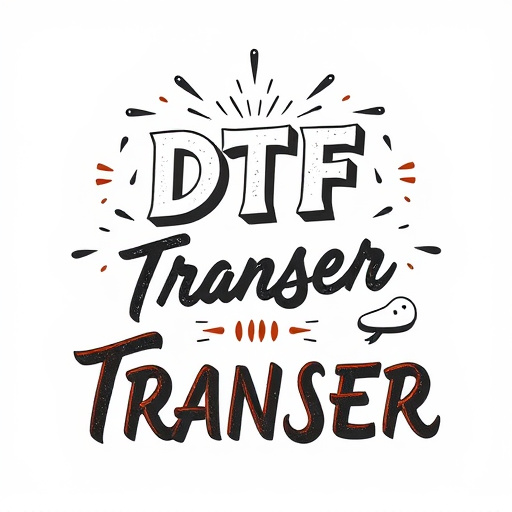Digital Transfer Formats (DTF) have revolutionized film preservation, offering unprecedented clarity in capturing intricate design elements from vintage films. This technology, with advanced scanning and specialized software, reproduces fine lines, textures, and patterns accurately, suitable for various applications from fashion to museum exhibits. DTF addresses challenges like physical wear and fading, ensuring complex designs are preserved in digital formats without quality loss. With continuous advancements, DTF is set to play a significant role in enhancing cinematic preservation and creative manipulation for both industry professionals and academic researchers.
In the realm of film preservation, Understanding Film Transfers (DFT) have emerged as a powerful tool capable of reproducing intricate design elements with remarkable clarity. This article delves into the intricacies of DTF technology, highlighting its importance in preserving visual nuances and artistic integrity. We explore advantages over traditional methods, navigate challenges in capturing complex details, and discuss best practices for achieving high-quality results. Furthermore, we gaze into the future, considering emerging innovations that continue to shape film transfer.
- Understanding Film Transfers: An Overview
- The Importance of Reproducing Intricate Design Elements
- Advantages of Digital Transfer Technology (DTF)
- Challenges in Capturing Complex Details
- Best Practices for Achieving High-Quality DTF
- Future Implications and Innovations in Film Transfer
Understanding Film Transfers: An Overview
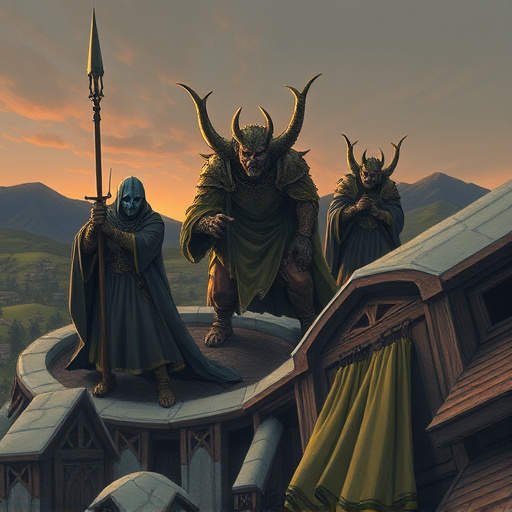
Film transfers, such as Digital Negative (DN) and Digital Intermediate (DI), have revolutionized the way we preserve and enhance cinematic visuals. These processes involve scanning and digitizing film frames to create high-resolution digital files, offering a detailed reproduction of even the most intricate design elements. DNs and DIs allow for meticulous color correction, detail enhancement, and special effects manipulation, ensuring that films can be restored to their original splendor or updated for modern audiences.
With advancements in technology, Digital Transparency (DTF) has emerged as a cutting-edge approach, particularly suitable for transferring archive materials. DTF enables the precise replication of transparent and opaque elements on film, making it ideal for restoring vintage movies with delicate artwork, title cards, and special effects that require utmost accuracy. This method not only conserves the visual heritage but also opens up new possibilities for cinematic restoration and creative manipulation.
The Importance of Reproducing Intricate Design Elements
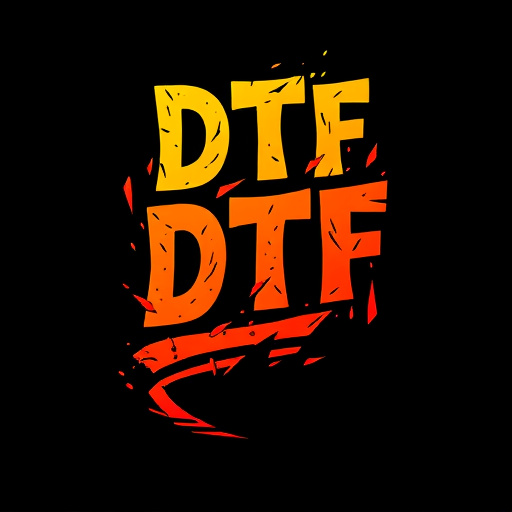
In the realm of film transfers, the ability to reproduce intricate design elements is a game-changer. These detailed designs, often seen in fashion, architecture, or art, demand exceptional clarity and precision during the digital conversion process. Film transfers that can accurately capture these complexities allow for a more authentic representation of the original work, enhancing the visual experience for audiences.
Delving into Digital Transfer Formats (DTF) capable of handling such intricacies is crucial. Modern technologies offer advanced methods to preserve fine lines, textures, and patterns, ensuring that the essence of the design remains intact. This attention to detail not only preserves the artistic integrity but also opens up new possibilities for creative applications, from high-end fashion e-commerce to immersive museum exhibits, where visuals need to be both stunning and accurate.
Advantages of Digital Transfer Technology (DTF)
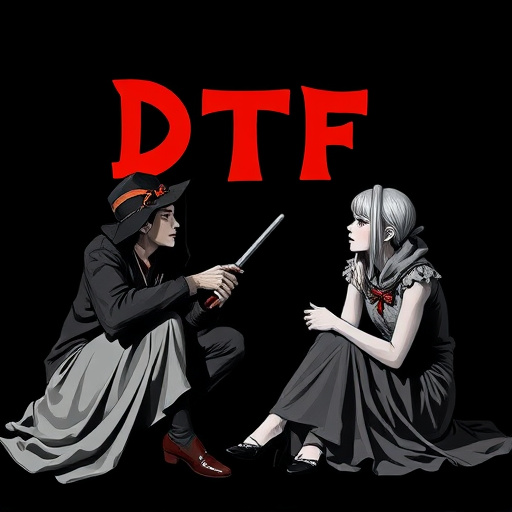
Digital Transfer Technology (DTF) offers a host of advantages over traditional film transfer methods, making it a game-changer in the realm of preserving and replicating intricate design elements. One of the key benefits is its ability to capture and reproduce even the most delicate details with exceptional clarity and precision. DTF utilizes advanced scanning techniques and specialized software to digitize film frames, ensuring that every line, shade, and texture is accurately represented in the digital domain.
Moreover, digital transfers provide a level of flexibility and versatility that is unparalleled. With DTF, it becomes possible to manipulate and enhance images without sacrificing quality, allowing for creative control during the restoration or adaptation process. This technology enables filmmakers, conservators, and artists to navigate complex visual landscapes, ensuring that intricate design elements remain intact and can be effectively showcased in modern media formats.
Challenges in Capturing Complex Details
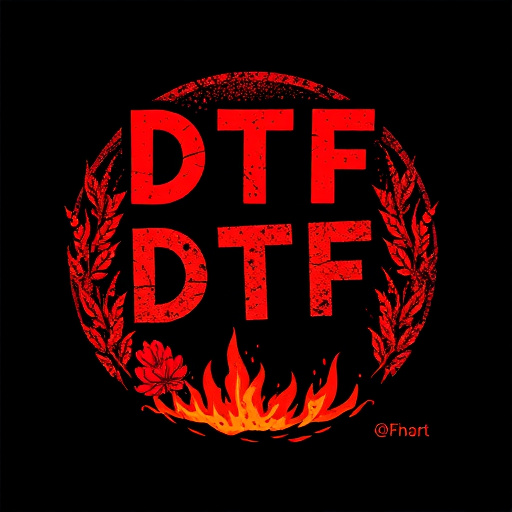
Capturing intricate design elements in film transfers presents a unique set of challenges. Digital Transfer Format (DTF) technology, while powerful, must overcome limitations inherent in the analog-to-digital conversion process. The complexity of fine details, such as minute text or subtle gradations in color and pattern, can be difficult to render accurately due to potential losses in resolution and dynamic range during the transfer.
These challenges are exacerbated by the physical state of the original film materials, which may exhibit wear, fading, or imperfections that can further complicate the digitizing process. Skilled technicians employ various techniques, including specialized equipment and advanced software algorithms, to mitigate these issues. By carefully managing these factors, DTF can reproduce complex design elements with remarkable fidelity, ensuring that the digital copy captures the essence of the original artwork.
Best Practices for Achieving High-Quality DTF

To achieve high-quality Digital Transfer Film (DTF), several best practices should be followed. First, ensure that the original film is in excellent condition to minimize noise and grain transfer. Cleaning and repairing the film before scanning is crucial to preserving intricate design elements. Next, use a high-resolution scanner with precise color calibration to capture every detail accurately.
Additionally, choosing the right file format and compression settings is essential for optimal results. For DTF, working in a lossless format like TIFF allows for detailed editing while retaining image integrity. Adjusting contrast, brightness, and sharpening tools thoughtfully can enhance visibility without introducing artifacts. Regularly comparing scans to the original film ensures that the digital reproduction stays faithful to the source material.
Future Implications and Innovations in Film Transfer
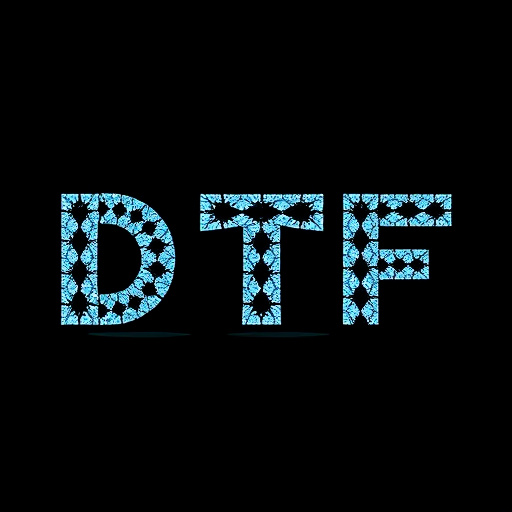
As technology continues to advance, the future of film transfers looks promising, with potential innovations that could further revolutionize the way we preserve and enjoy cinematic art. Digital Technology (DTF) is expected to play a significant role in enhancing the preservation of intricate design elements on film. Advanced scanning techniques and improved data compression algorithms can capture finer details, ensuring a more accurate representation of the original film grain and colors.
Innovations such as high-dynamic-range (HDR) scanning and 8K resolution transfers will enable filmmakers and archivists to restore and recreate even the most complex visual effects and artistic choices from classic films. These advancements have implications for both the entertainment industry and academic research, offering a deeper understanding of historical cinematic techniques and fostering a new appreciation for the art of filmmaking.







